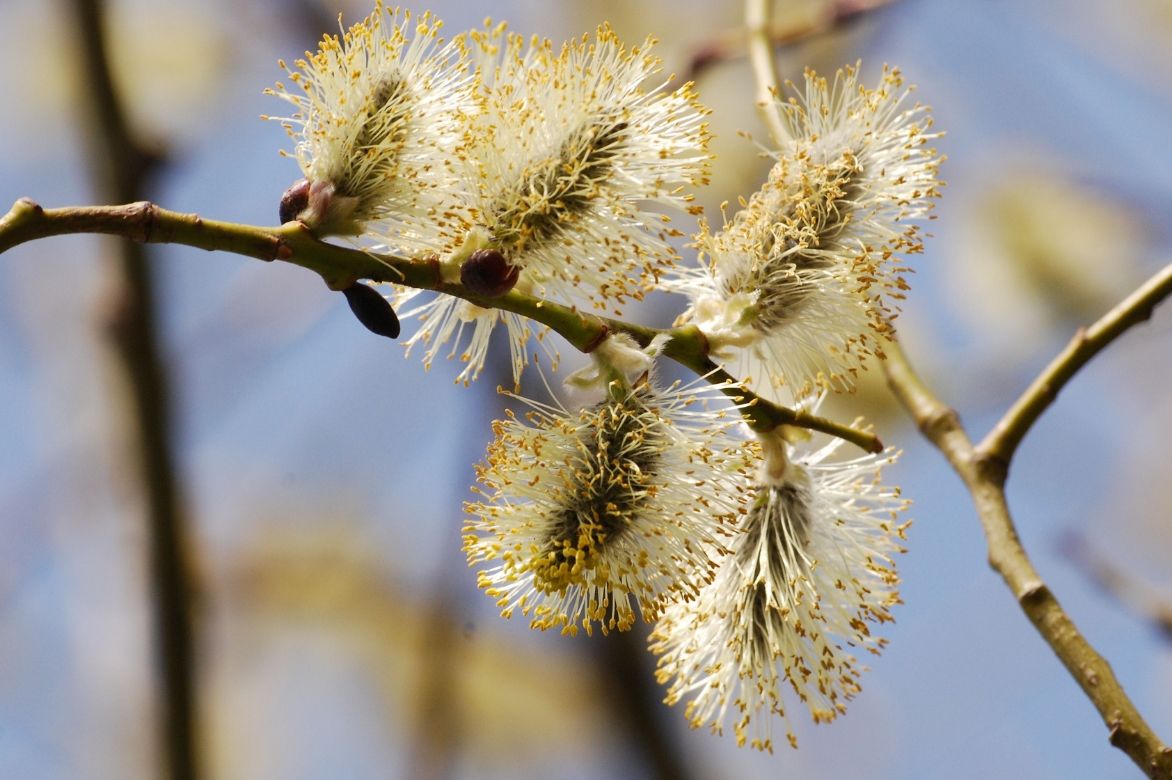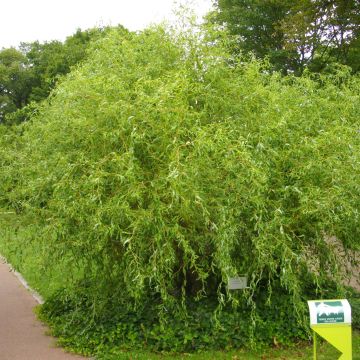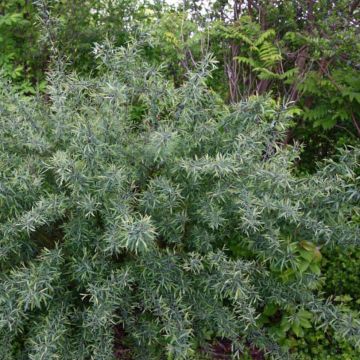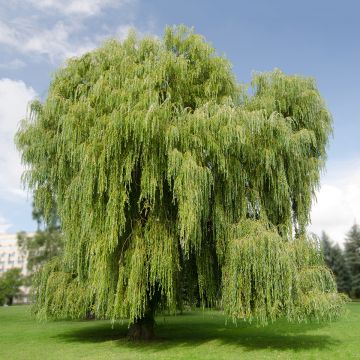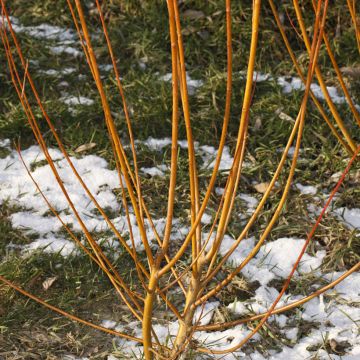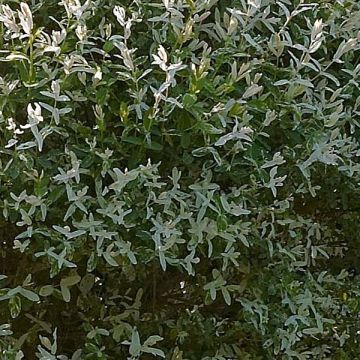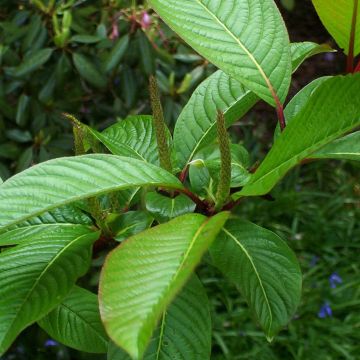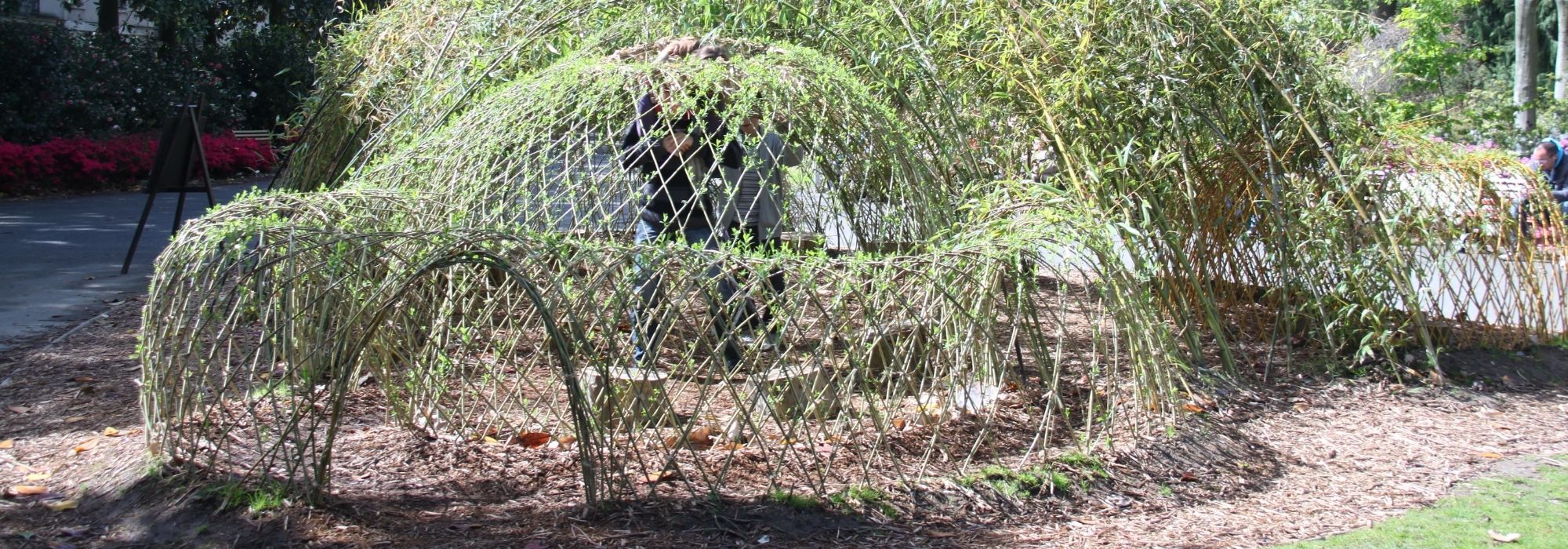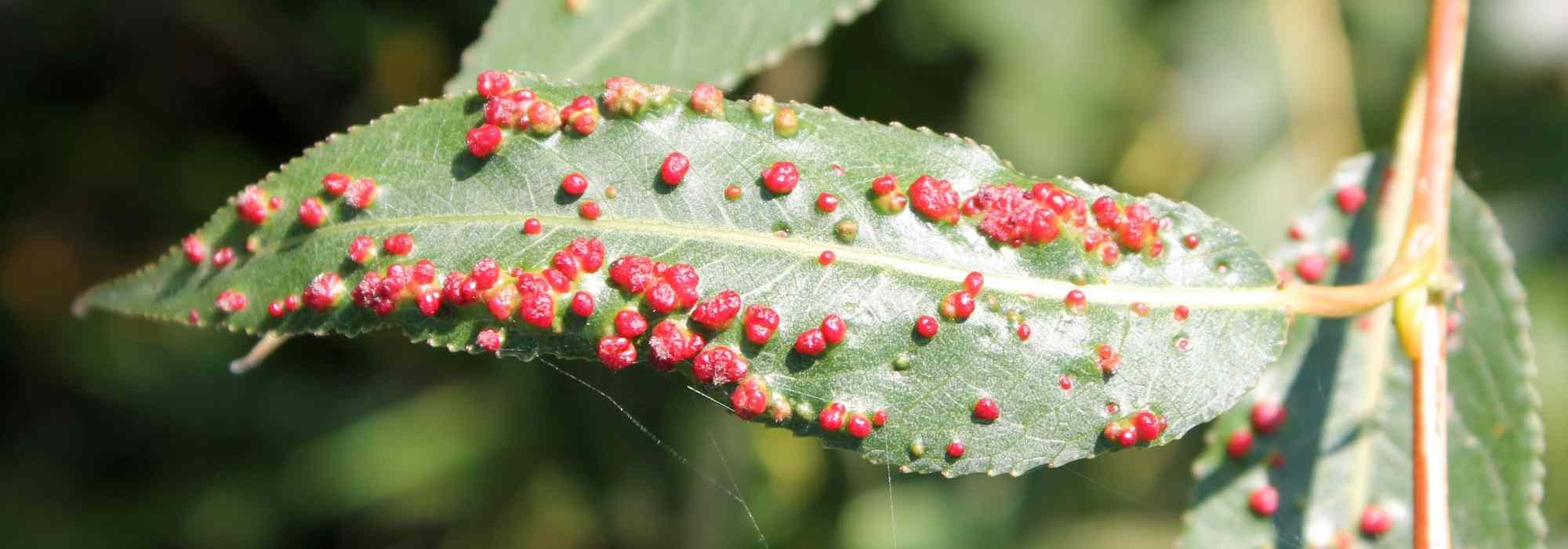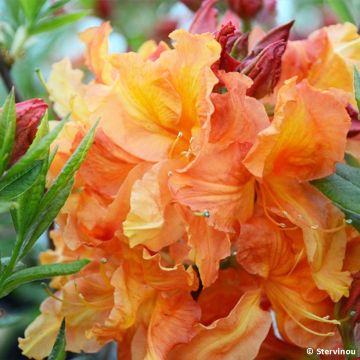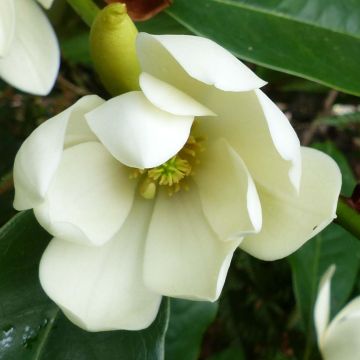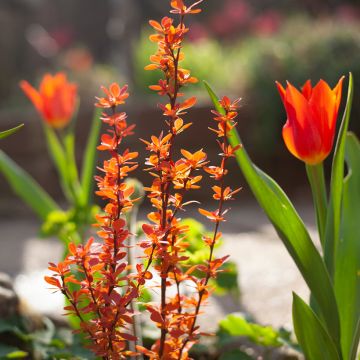

Salix cinerea - Common Sallow
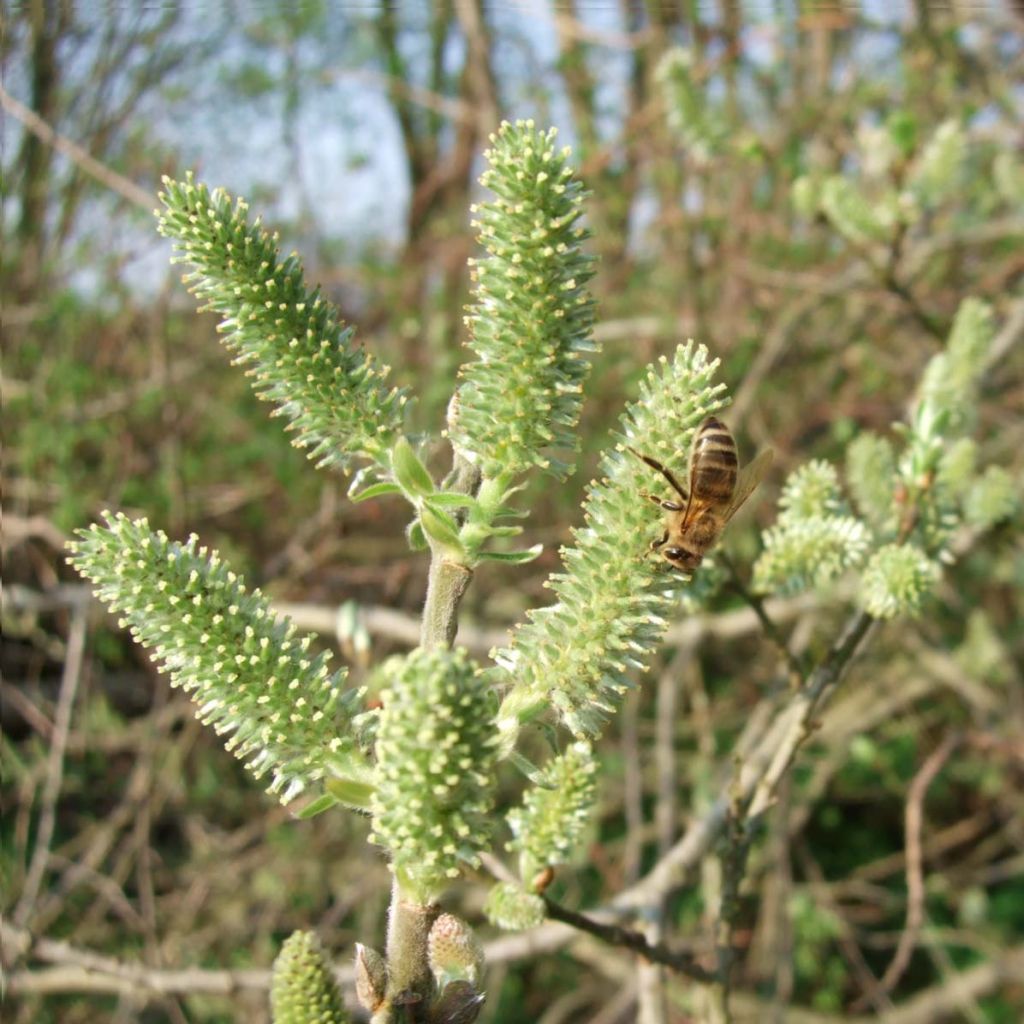

Salix cinerea - Common Sallow
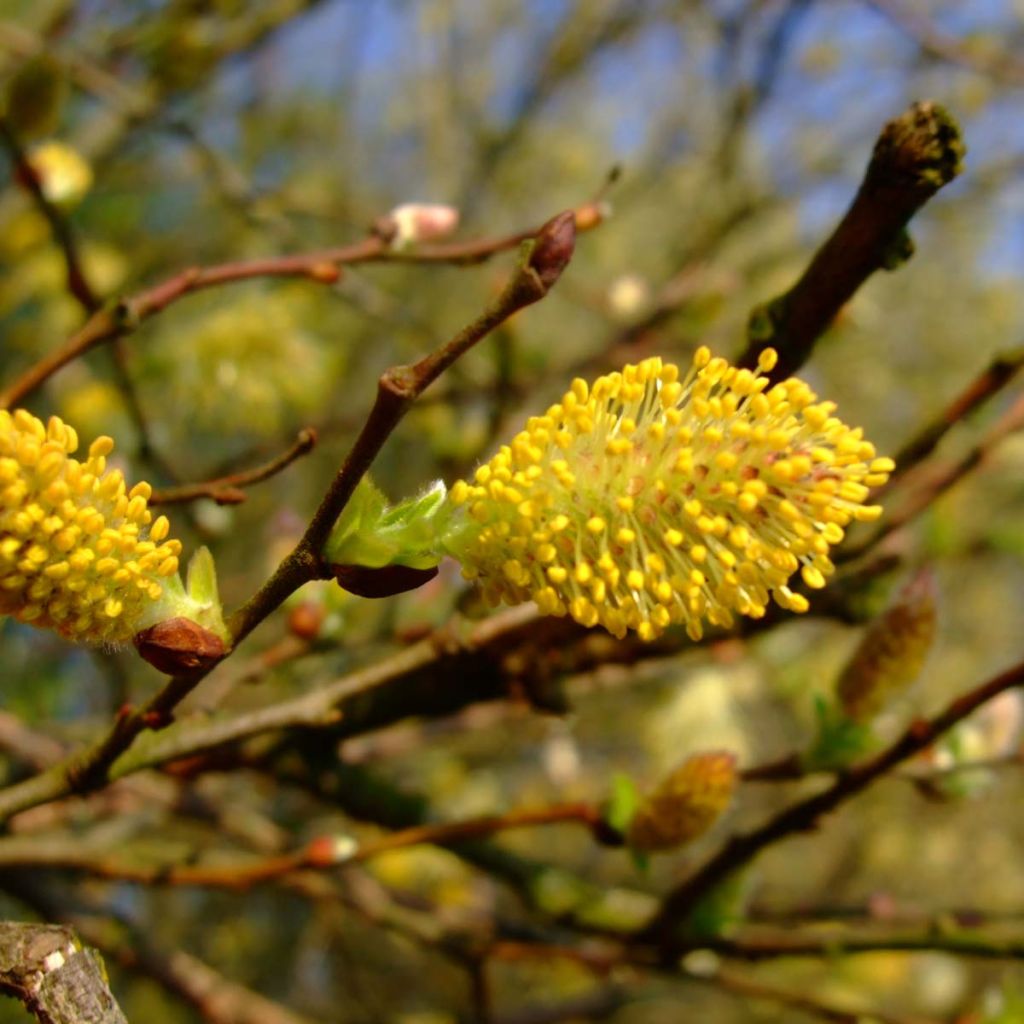

Salix cinerea - Common Sallow
Salix cinerea - Common Sallow
Salix cinerea
Common Sallow, Grey Sallow, Grey Willow, Grey-leaved Sallow, Large grey Willow, Pussy Willow, Rusty Sallow
Special offer!
Receive a €20 voucher for any order over €90 (excluding delivery costs, credit notes, and plastic-free options)!
1- Add your favorite plants to your cart.
2- Once you have reached €90, confirm your order (you can even choose the delivery date!).
3- As soon as your order is shipped, you will receive an email containing your voucher code, valid for 3 months (90 days).
Your voucher is unique and can only be used once, for any order with a minimum value of €20, excluding delivery costs.
Can be combined with other current offers, non-divisible and non-refundable.
Home or relay delivery (depending on size and destination)
Schedule delivery date,
and select date in basket
This plant carries a 24 months recovery warranty
More information
We guarantee the quality of our plants for a full growing cycle, and will replace at our expense any plant that fails to recover under normal climatic and planting conditions.
Would this plant suit my garden?
Set up your Plantfit profile →
Description
Salix cinerea, also known as grey willow, ashy willow or common sallow, is a large deciduous bush that forms beautiful undulating patches of light among the darker foliage. Well-branched from the base, without a trunk, it develops young grey and velvety branches and bears lovely silver catkins in early spring, before the appearance of leaves. It is also adorned with beautiful silky foliage, which is green on top and ash grey to bluish on the underside (hence the name). Well adapted to small natural-style gardens, it thrives in the sun in ordinary but moist to wet soil, near water sources for example. Its branches covered with silky catkins are superb in bouquets.
Salix cinerea belongs to the Salicaceae family. It is a deciduous botanical species native to Europe and Western Asia, and is perfectly cold-resistant. Its lifespan is about 30 years.
It has a characteristic habit, more bushy than shrubby, composed of a multitude of branches stemming near the ground. At maturity, this small fast-growing willow will not exceed 4 m (13.1 ft) in height and 3 m (9.8 ft) in width. The young branches are grey and pubescent, then after 2 to 4 years, prominent grooves develop under their bark. The deciduous foliage is composed of alternately arranged leaves, measuring up to 12 cm (4.7 in) long. They are lanceolate in shape, rough to the touch, and slightly undulate. The lamina is matte green on the upper side, while the underside is covered with a grey down and traversed by prominent veins. The ornamental flowering takes place in March-April, before the appearance of leaves. Male specimens bear 3 cm (1.2 in) long, silver and silky catkins, and female specimens bear shorter catkins carried by silky peduncles and covered with silky scales as well. The fruit is a hairy capsule that releases decorative bristle-covered seeds.
As delightful in a mass planting as in a hedge, the grey willow brings a beautiful luminous touch and a bit of wild grace to the garden. Not very bulky, it easily fits into a country hedge and naturally finds its place near water sources. Prune it every year after flowering to encourage it to bush out and produce numerous flowering branches. For example, it can be planted with dogwoods (Cornus mas, C. officinalis, C. sanguinea), hazelnuts, or flowering cherry trees in a free hedge with soil that remains moist. Remember to make bouquets with its branches adorned with velvety catkins. In a vase, they beautifully accompany those of Prunus triloba, flowering cherry and plum trees that will be awakened by the warmth of the house.
Properties:
Like all willows, this variety contains a substance similar to aspirin in its bark. Its bark, also rich in tannins, is used in leather tanning. Its wood is used in basketry, carpentry, for barrel hoops, as well as in match-making.
Salix cinerea - Common Sallow in pictures


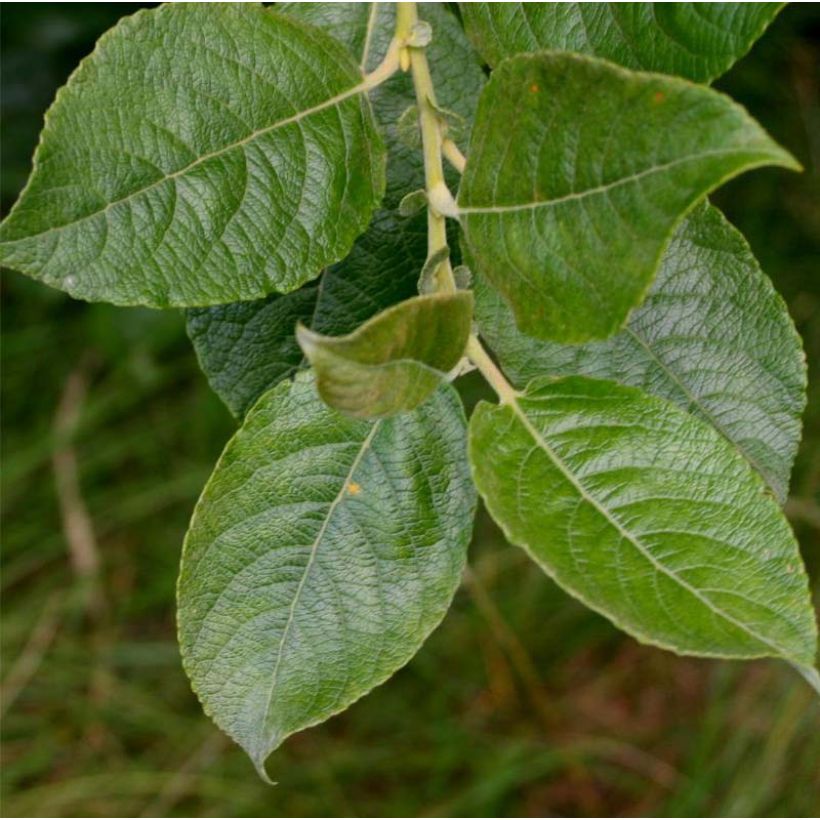

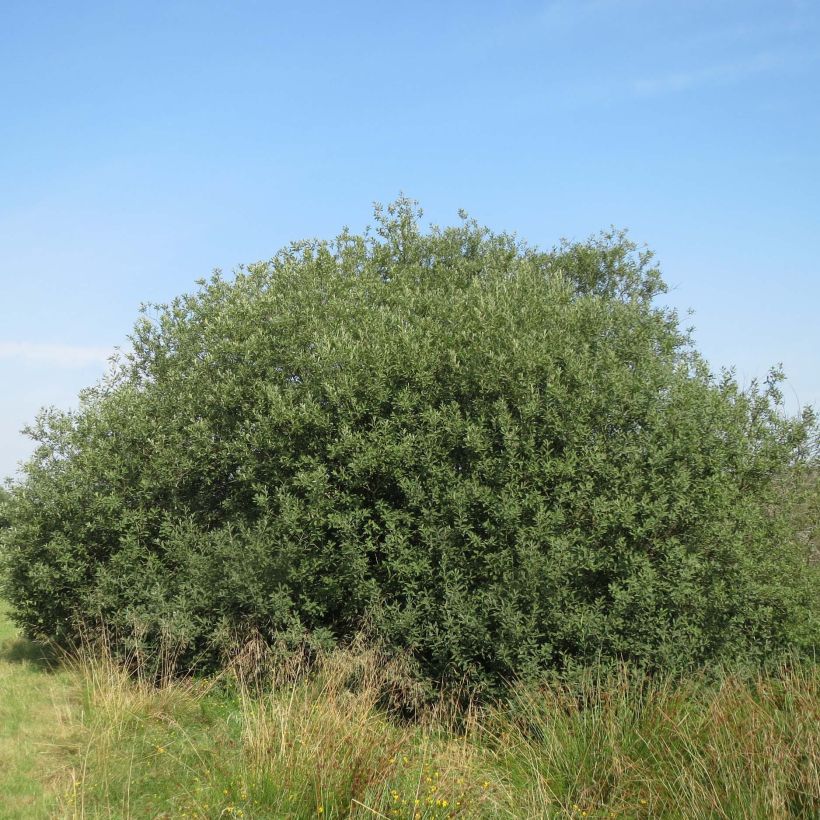

Plant habit
Flowering
Foliage
Botanical data
Salix
cinerea
Salicaceae
Common Sallow, Grey Sallow, Grey Willow, Grey-leaved Sallow, Large grey Willow, Pussy Willow, Rusty Sallow
West Asia
Other Willow - Salix
View all →Planting and care
Plant in a very sunny location. It requires fairly deep soil, preferably neutral to acidic, that remains moist to wet throughout the year. However, it can tolerate poor and sandy soils, even peaty soils. Ideally, at planting, use a mixture composed of half compost and half non-calcareous garden soil mixed with coarse sand. It is perfectly resistant to cold and heavy frosts. To promote a bushy habit and the formation of catkin-bearing branches, prune after flowering, every 2 or 3 years.
Planting period
Intended location
Care
Planting & care advice
This item has not been reviewed yet - be the first to leave a review about it.
Similar products
Haven't found what you were looking for?
Hardiness is the lowest winter temperature a plant can endure without suffering serious damage or even dying. However, hardiness is affected by location (a sheltered area, such as a patio), protection (winter cover) and soil type (hardiness is improved by well-drained soil).

Photo Sharing Terms & Conditions
In order to encourage gardeners to interact and share their experiences, Promesse de fleurs offers various media enabling content to be uploaded onto its Site - in particular via the ‘Photo sharing’ module.
The User agrees to refrain from:
- Posting any content that is illegal, prejudicial, insulting, racist, inciteful to hatred, revisionist, contrary to public decency, that infringes on privacy or on the privacy rights of third parties, in particular the publicity rights of persons and goods, intellectual property rights, or the right to privacy.
- Submitting content on behalf of a third party;
- Impersonate the identity of a third party and/or publish any personal information about a third party;
In general, the User undertakes to refrain from any unethical behaviour.
All Content (in particular text, comments, files, images, photos, videos, creative works, etc.), which may be subject to property or intellectual property rights, image or other private rights, shall remain the property of the User, subject to the limited rights granted by the terms of the licence granted by Promesse de fleurs as stated below. Users are at liberty to publish or not to publish such Content on the Site, notably via the ‘Photo Sharing’ facility, and accept that this Content shall be made public and freely accessible, notably on the Internet.
Users further acknowledge, undertake to have ,and guarantee that they hold all necessary rights and permissions to publish such material on the Site, in particular with regard to the legislation in force pertaining to any privacy, property, intellectual property, image, or contractual rights, or rights of any other nature. By publishing such Content on the Site, Users acknowledge accepting full liability as publishers of the Content within the meaning of the law, and grant Promesse de fleurs, free of charge, an inclusive, worldwide licence for the said Content for the entire duration of its publication, including all reproduction, representation, up/downloading, displaying, performing, transmission, and storage rights.
Users also grant permission for their name to be linked to the Content and accept that this link may not always be made available.
By engaging in posting material, Users consent to their Content becoming automatically accessible on the Internet, in particular on other sites and/or blogs and/or web pages of the Promesse de fleurs site, including in particular social pages and the Promesse de fleurs catalogue.
Users may secure the removal of entrusted content free of charge by issuing a simple request via our contact form.
The flowering period indicated on our website applies to countries and regions located in USDA zone 8 (France, the United Kingdom, Ireland, the Netherlands, etc.)
It will vary according to where you live:
- In zones 9 to 10 (Italy, Spain, Greece, etc.), flowering will occur about 2 to 4 weeks earlier.
- In zones 6 to 7 (Germany, Poland, Slovenia, and lower mountainous regions), flowering will be delayed by 2 to 3 weeks.
- In zone 5 (Central Europe, Scandinavia), blooming will be delayed by 3 to 5 weeks.
In temperate climates, pruning of spring-flowering shrubs (forsythia, spireas, etc.) should be done just after flowering.
Pruning of summer-flowering shrubs (Indian Lilac, Perovskia, etc.) can be done in winter or spring.
In cold regions as well as with frost-sensitive plants, avoid pruning too early when severe frosts may still occur.
The planting period indicated on our website applies to countries and regions located in USDA zone 8 (France, United Kingdom, Ireland, Netherlands).
It will vary according to where you live:
- In Mediterranean zones (Marseille, Madrid, Milan, etc.), autumn and winter are the best planting periods.
- In continental zones (Strasbourg, Munich, Vienna, etc.), delay planting by 2 to 3 weeks in spring and bring it forward by 2 to 4 weeks in autumn.
- In mountainous regions (the Alps, Pyrenees, Carpathians, etc.), it is best to plant in late spring (May-June) or late summer (August-September).
The harvesting period indicated on our website applies to countries and regions in USDA zone 8 (France, England, Ireland, the Netherlands).
In colder areas (Scandinavia, Poland, Austria...) fruit and vegetable harvests are likely to be delayed by 3-4 weeks.
In warmer areas (Italy, Spain, Greece, etc.), harvesting will probably take place earlier, depending on weather conditions.
The sowing periods indicated on our website apply to countries and regions within USDA Zone 8 (France, UK, Ireland, Netherlands).
In colder areas (Scandinavia, Poland, Austria...), delay any outdoor sowing by 3-4 weeks, or sow under glass.
In warmer climes (Italy, Spain, Greece, etc.), bring outdoor sowing forward by a few weeks.






























